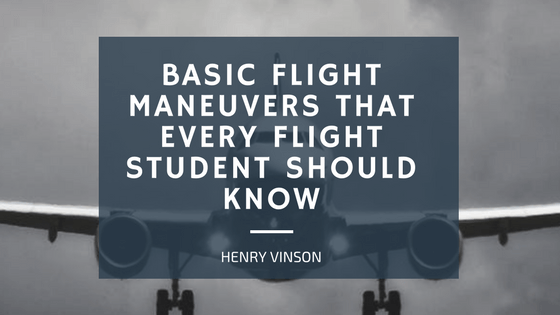Piloting a plane is exhilarating, but it certainly isn’t easy. Those interested in learning to fly need put in considerable time, practice, and effort in order to become certified. Truthfully, I wouldn’t have it any other way; piloting a plane requires care – and as a certified flight instructor, I make a point of being tough on my students by ensuring that they are not only able to perform basic maneuvers, but can do so without becoming anxious and flustered during the exercise.
Below, I’ve listed the basic maneuvers that every single pilot-in-training needs to know before leaving basic flight training. If you are in the initial process of becoming any kind of aircraft pilot, you will need to be fully adept at all of these exercises before continuing on to the next stage of your training.
Takeoff and Landing Maneuvers
You may be fantastic in the sky, but it all comes to nothing if you can’t take off or land cleanly. Pilots in training need to know how to do both in a variety of weather conditions and settings. Unfortunately, it isn’t safe to assume that landing or takeoff conditions will always be ideal; as such, beginning pilots must practice landing and taking off on grass fields and short runways, as well as in challenging weather.
Ground Reference Maneuvers
These exercises help beginning pilots understand how to mitigate the effects of wind over the course of a flight. These include but are not limited to, rectangular courses, s-shaped turns, and turns around a given point.
Performance Maneuvers
These are usually the most fun – and the most difficult! – exercises a pilot takes on during training. Performance maneuvers help pilots adjust to and get a sense of their aircraft’s capabilities, and often involve exhilarating turns at severe angles.
Emergency Maneuvers
All pilots hope never to be in a situation where we need to take emergency action. But if we ever do find ourselves fighting treacherous conditions or navigating dangerous states, we need to be prepared. All flight students need to know what to do in the event of a stall, when the angle of airflow to the wing is interrupted and the plane can no longer stay in flight. In training, pilots in training must practice appropriate stall recovery procedures at relatively safe, high altitudes. Additionally, all students must have and be familiar with emergency checklists in the event of dangerous situations. Most flight schools choose to test their pilot candidates in this regard by giving the pilot the tools and training to handle emergency conditions, then simulating an unsafe scenario such as an engine failure.
Learning to fly is a tremendous amount of fun – but it requires a considerable amount of training. Make sure that you can perform all of these basic maneuvers easily before considering further training.

